Harvesting Willow Bark for Herbal Remedies
How to harvest willow bark to make herbal remedies that provide relief from pain, fever, and inflammation.
Willow Bark for headaches, fever, pain, and inflammation
Willow provides relief from pain, fever, and inflammation, without the stomach upset that chemical aspirin causes. It is plentiful and easy to collect in the spring.
Spring is the season to harvest willow bark for herbal medicine. Willow (Salix ssp.) contains salicin – the compound found in aspirin, as well as tannins. Willow bark tincture and willow bark tea (decoction) are the best ways to benefit from willow.
Most commonly, Salix alba, varieties are used for medicinal purposes, as well as Salix nigra. Both are fast-growing willows. Many Salix alba (white willow) varieties, such as Vitellini (golden willow), are also colourful basket willows and can be coppiced to provide basket weaving material, as well as herbal medicine. Salix nigra is a native North American willow, found in humid areas.
Medicinal effects of willow:
- Reduces inflammation, useful for gout, back pain, and arthritis
- Reduces fever
- Mild pain reliever
- Tonic
- Blood thinner
- Willow also inhibits sexual urges and has been used to control wet dreams, premature ejaculation, and sexual overstimulation. Salix negra spp are more potent than Salix alba as an anti-aphrodisiac.
How to harvest willow bark for medicine
Strip the bark from the young branches of Salix alba varieties of willow in the Spring just before the sap begins to run when the branches are rich with their new spring colour. This is the easiest time to separate the bark from the branch. If you have harvested the 1-year-old willow rods for basketry, you can simply start at the base of the cut edge and peel it upwards toward the tip. The bark will peel off in strips. You can recognize Salix alba varieties by their brightly coloured bark in early spring — usually yellow, orange, or flaming red. Weeping willow trees and corkscrew willow are both varieties of Salix alba.
For tea/decoction
Once the strips of bark are harvested, allow to dry at room temperature in a dry, and airy spot, stirring frequently until it is fully dry before placing it in a jar and storing it in a cool, dry place.
To make a tincture
Fill a glass jar with strips of freshly harvested willow bark, from first-year growth. Pack down somewhat so that the jar is full of willow bark. Cover the willow bark with vodka and cap. Place in a warm spot and shake once a day to distribute the alcohol through the plant material. After a month, strain the liquid and put it in a coloured glass bottle, to protect the herb. Cap tightly. Label with Salix Alba, Willow Bark tincture and store in a cool, dark place.
Dosage of willow to replace aspirin with herbal remedies:
You might take 4 to 6 mL of willow bark tincture three times daily, capsules containing 60 to 240 mg of salicin daily, or three to four cups of tea made by simmering 1 to 2 teaspoons of dried bark in 8 ounces of boiling water for 15 minutes. Ask your doctor about the correct dose of white willow bark or aspirin before taking either remedy.

Learn more about using herbs for health and wellness from my Book
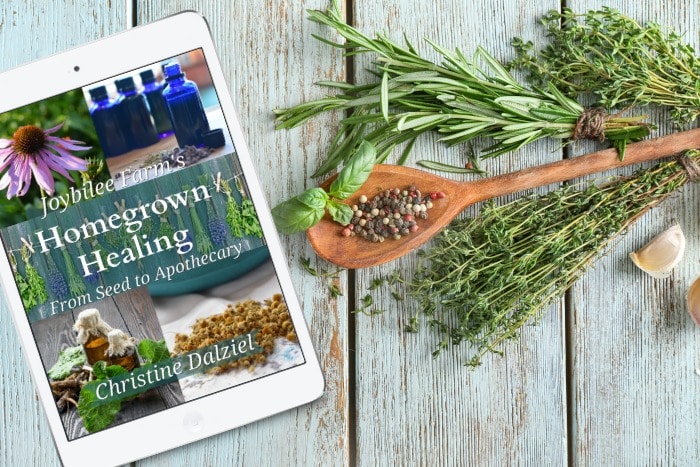
Homegrown Healing From Seed to Apothecary
My book Homegrown Healing From Seed to Apothecary will help you grow healing herbs in your own garden. Focusing on the easiest plants for beginners to grow, Homegrown Healing From Seed to Apothecary covers 30 plants, recommended by professional herbalists, that can be grown in the temperate zone. Initial garden preparation, garden design and harvesting tips lead the novice herbalist into early success. Choose which herbs to grow, learn how to use these herbs for your family’s health and wellness using the guidance in my book. You can find out more about this useful guide to growing more herbs and using them strategically here.

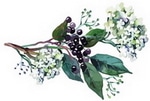
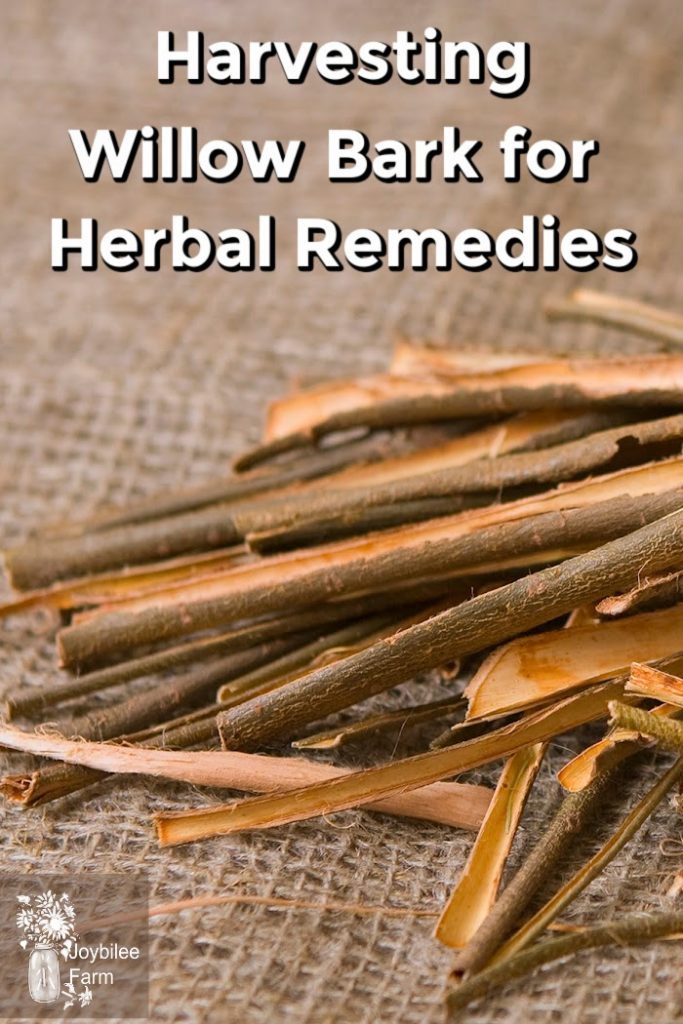
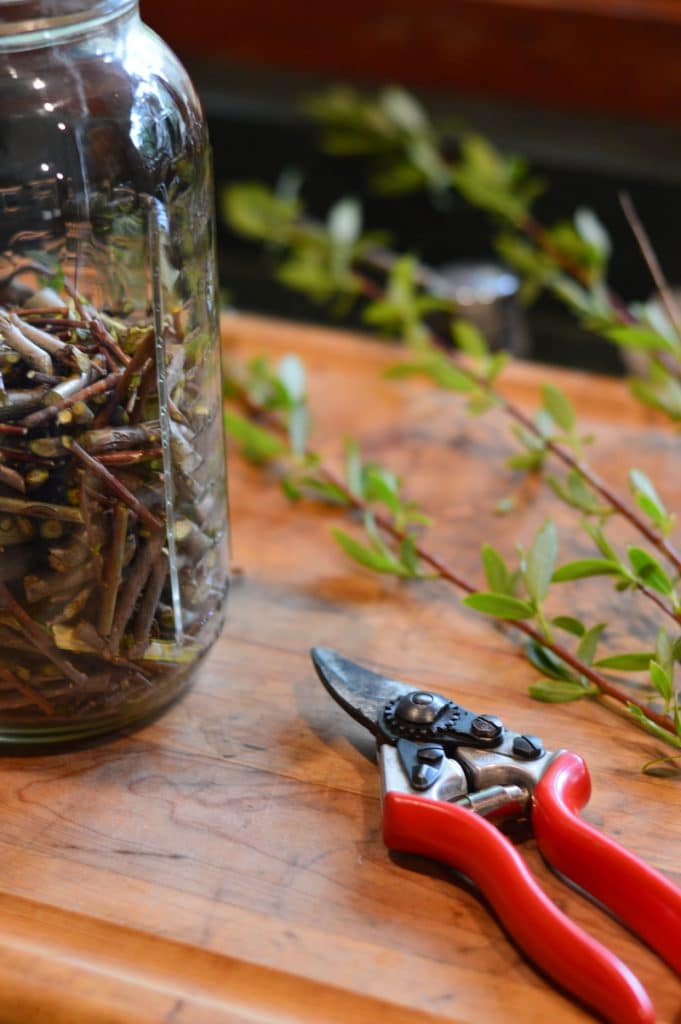
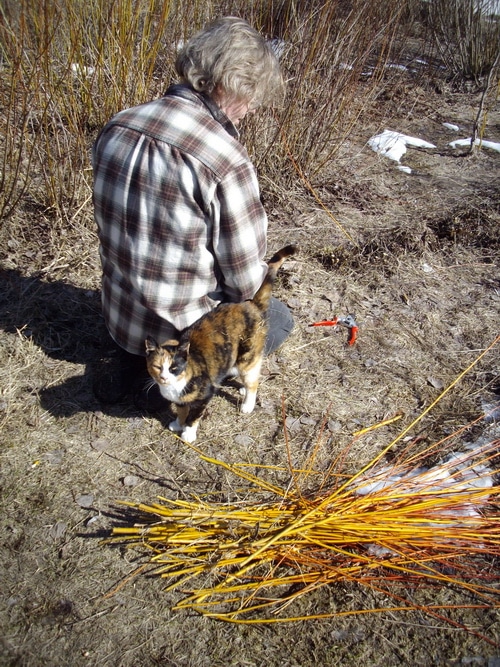


Really helpful.
Thanks for sharing your experience!
Hey Tim, do you sell your herb blend for nerve pain? I am currently darn near disabled with nerve pain down my hip and leg. I haye the pain but truly hate being so limited I can barely function enough to care foe my dogs.
how long do i leave the bark once stripped off the branch, if i leave it longer to dry is it a stronger tincture.